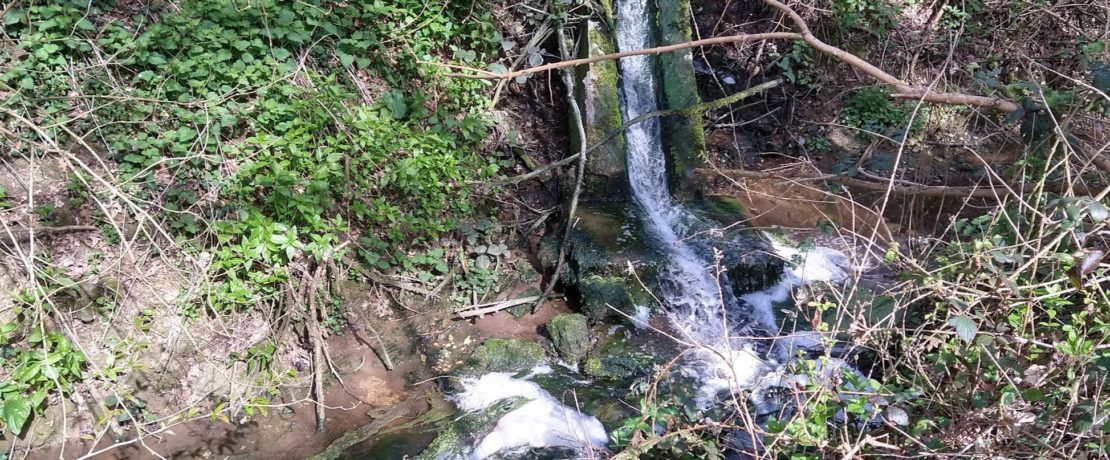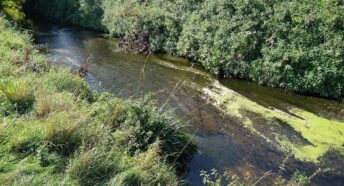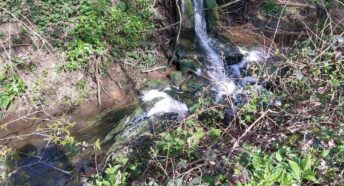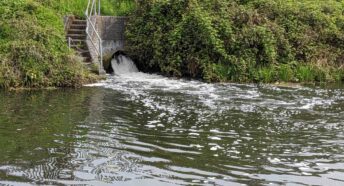Latest raw sewage figures: what’s in Hertfordshire’s waterways?
Last year, all across England, there were huge numbers of storm overflows resulting in the discharge of raw sewage into our waterways.
The Department for Environment, Food and Rural Affairs (Defra) released the 2021 sewage discharge figures for England in March. The data is provided by Water and Sewage Companies annually and provides information for monitored storm overflows.
There were 372,500 spill events totalling over 2.6 million hours of raw sewage being released into our waterways last year. Download the data from the Defra website here.
Analysis of the data by Top of the Poops shows there were at least 470,000 sewage “dumps” into English waterways last year. You can see the data by parliamentary constituency. For example:
- The South West Hertfordshire constituency had 234 sewage dumps at 3 sites totalling 4,742 hours’ duration.
- The North East Hertfordshire constituency had 277 sewage dumps at 11 sites totalling 3,225 hours’ duration.
- The Hertford and Stortford constituency had 188 sewage dumps at 6 sites totalling 1,838 hours’ duration.
The Rivers Trust has also updated its Sewage Map with the latest 2021 data. You can zoom in to any location to identify what occurred at specific sites. Here are a few examples:
- At Berkhamsted, there were 168 spills for a total of 3,770 hours, into the Grand Union Canal.
- At Markyate, there were 139 spills for a total of 2,642 hours, into the River Ver.
- At Whitwell, there were 83 spills for a total of 1,517 hours, into the River Mimram.
- At Cottered, there were 83 spills for a total of 1,346 hours, into the Cottered Brook.
- At Brickendon, there were 67 spills for a total of 869 hours, into Harmonds Brook.
- At Weston, there were 53 spills for a total of 736 hours into the River Beane.
- At Barkway, there were 40 spills for a total of 734 hours into the River Quin.
Although not all spills are monitored and the data is incomplete, we’ve calculated that across Hertfordshire last year, there were over 1,000 spills resulting in the release of raw sewage into our waterways, for a total duration of well over 15,000 hours.
We think these figures are staggering and should be of concern to everyone.
This affected all of our Hertfordshire chalk streams and rivers, and many of their tributaries, as well as the Grand Union Canal and the Lee Navigation.
The Government recently conducted a public consultation on its Storm Overflow Discharge Reduction Plan. We are told this will be the largest investment to tackle storm sewage discharges in the history of the water sector and aims to protect the environment and public health while restoring rivers.
In the press release launching the consultation, Professor Chris Whitty, Chief Medical Officer for England, said “The discharge of raw sewage, including from storm overflows into waters used by the public, should be an exceptionally rare event and we need to take action to reduce it substantially.”
We joined in with colleagues at CPRE Oxfordshire in reviewing the proposed Plan, and formulating our response. In summary, we are concerned by:
- A lack of ambition on targets. Targets run until 2050, but action is needed much sooner.
- Insufficient accountability and regulation. Pressure is focused on the water companies but the Government and water regulators need to take action too;
- The urgent need to end sewage entering UK bathing waters. The aim should be to end sewerage pollution entering bathing waters by 2030, and there needs to be appropriate investment and improvement in infrastructure to ensure this happens.
You can read our consultation response.
If you share our concern for Hertfordshire’s water quality, including our rare chalk streams and their habitats, please help by joining us or making a donation. We are working to protect the Hertfordshire countryside for everyone now and for future generations.







